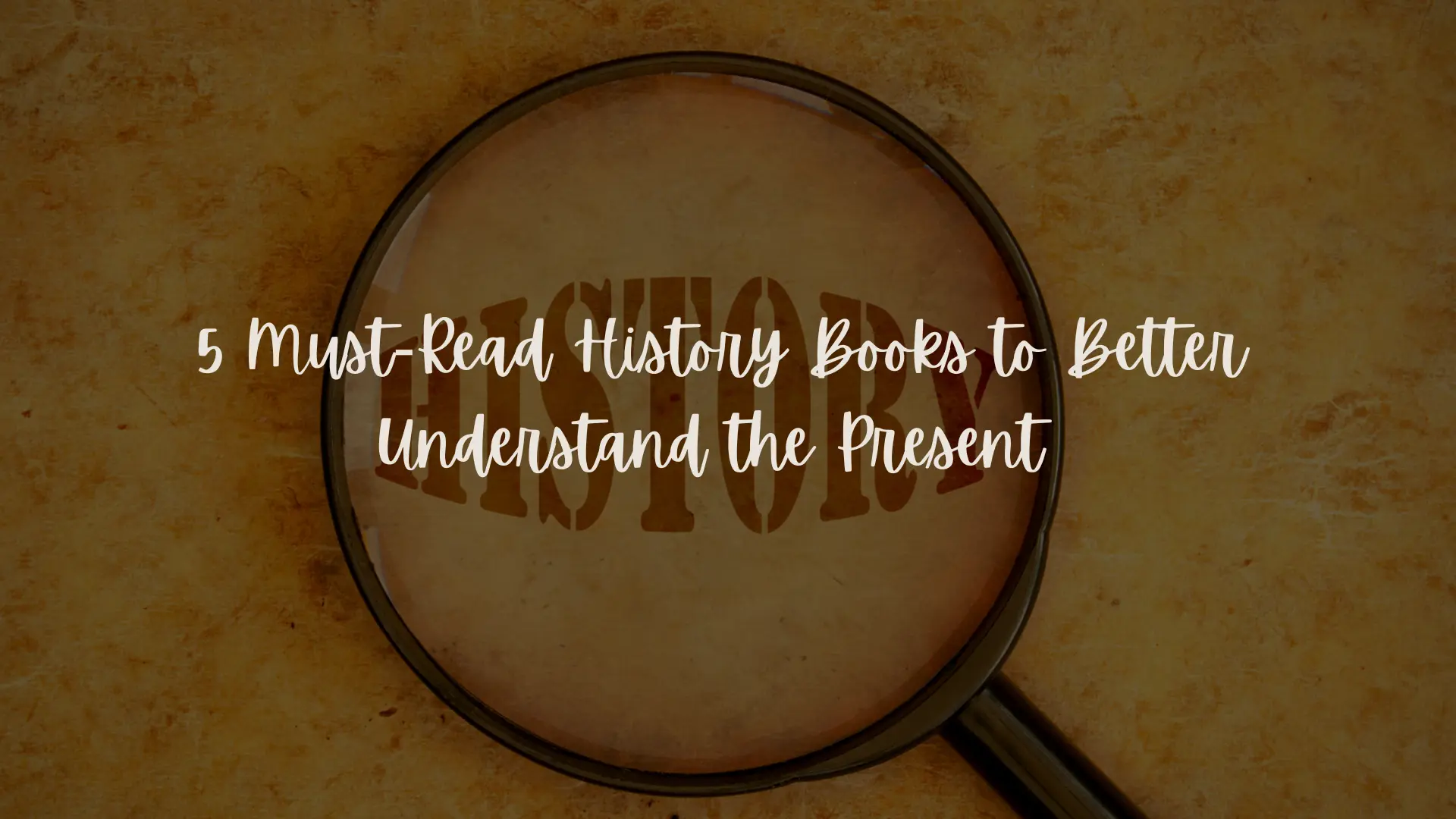How access to ICT for the disabled can transform their lives
I’ve been working in the field of disability for the past 18 years. And I still find questions like this on the web, “Wouldn’t the world be a better place if people with low IQs were not allowed to reproduce?” Of course, the dating website that put up the question was asked to pull it down, amid protests. But the question aptly summarises society’s attitude and stereotyping when it comes to people with disability.
The problem is that even though I’ve been working in the field of disability, very rarely do I see people with disabilities working at coffee shops, banks, restaurants, theatres, or malls. I’m still pleasantly surprised to see a person with visual impairment working at my favourite restaurant. But why the surprise? Shouldn’t this be the norm?

Easy access to solutions for people with disabilities still hasn’t arrived in India; for example, our physical infrastructure, websites, mobile apps, and transportation lack accessibility. Yes, people with disabilities also surf the web, check their bank balance, buy train tickets, and use the metro. But is it easy for them to use these things or do they face lots of obstacles to do the same things that everyone else takes for granted?
There are three big buckets of problems that I see in my sector:
- No clear numbers: The census in India states that there are approximately 26 million people with disabilities in India, while the World Health Organisation (WHO) and World Bank peg the number at around 70-100 million, conservatively. This is the first major discrepancy, one that often hampers the implementation of accessibility initiatives. Everyone wants to know the number of people impacted, so that they can evaluate the return on investment and the cost of accessibility implementation based on these numbers.
- Procurement issues: The Persons with Disabilities Act, 1995 duly mentions barrier-free physical infrastructure but it is now two decades later and yet we still struggle to build accessible ramps and disabled friendly toilets, and fail to provide captions (subtitles) on announcement systems for our disabled friends and fellow citizens.
- Daily living issues: While most of us take the Internet for granted for various services like shopping online, filing income tax returns, and booking a movie ticket or air ticket, many of these online facilities still remain a challenge for people with disabilities and they are left out of the digital world. And God forbid that a person with disability wants to use the bathroom while travelling!
There has always been the argument that accessibility should not have to be an ‘ask’ or an ‘add-on’; rather, it should be by default, so that it helps us to build an inclusive community. One good move towards this was in 2015, when the Government of India’s Department of Disability Affairs launched the Accessible India Campaign (AIC) (Sugamya Bharat Abhiyan). The campaign focuses on improving accessibility in key areas, such as physical infrastructure, transportation, and information & communication technology (ICT).
ICT accessibility can assist people with disabilities to overcome some of the challenges with both transport and infrastructure; for example, if someone struggles (due to a disability) to go to the railway station to book a train ticket and can instead do so through a website or mobile app, it could change his or her life.
Under the AIC, the focus is on making 50% of central and state government websites accessible, including documents on these sites. However, long before the AIC, the Government released the Guideline for Indian Government Websites (GIGW) in 2009, which stipulated that government websites must be accessible as per the Web Content Accessibility Guideline 2.0, published by the World Wide Web Consortium (W3C). Moreover, it will soon be six months since the Government of India announced the AIC. The question that needs to be asked is, “How many citizen-centric websites have been made accessible?”
Today, the Government is focused on mobile apps and specifically working on one called the Unified Mobile Application for New Age Governance (UMANG) – but will it be accessible to people with disabilities or will it widen the gap that they face in the digital world?
Here are four steps that Government of India needs to take to promote ICT accessibility:
- Accessibility standards as a requirement – Ensure that every website and mobile app developed by the Government is accessible. Define ‘accessibility standards’ that vendors and teams must comply with.
- Prioritization and planning – Focus on citizen-centric websites and mobile apps, and create a plan to implement these with clear targets.
- Procurement standards – Make accessibility a procurement requirement. Ensure that every rupee that the Government spends ensures that the disabled citizens of India are included.
- Go beyond the Government – This mandate should apply to all public sector units (PSUs), public-private partnerships (PPPs), and corporates that are providing citizen-centric services.
The Accessible India Campaign carries a lot of hope that it will help people with disabilities overcome the barriers discussed in this article and enable them to participate in society as equals. It’s time to make accessibility a reality! While we wait for the Government to do the needful, let’s start with what each one of us is already doing in our lives and see if we can include people with disabilities, and thereby help to create a limitless future for them in India.
(Disclaimer: The views and opinions expressed in this article are those of the author and do not necessarily reflect the views of YourStory.)







